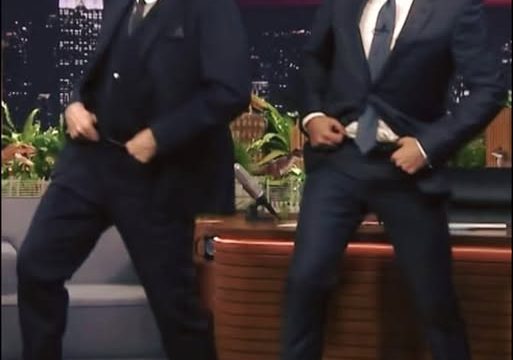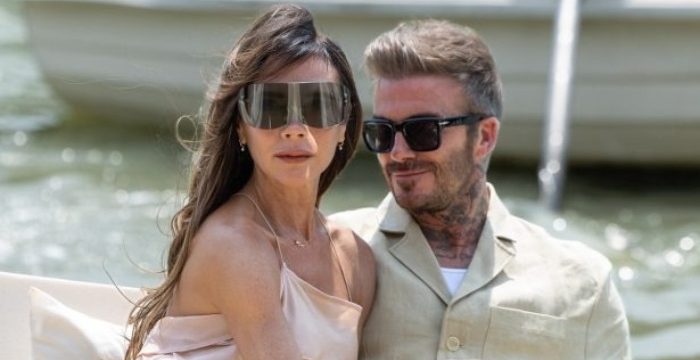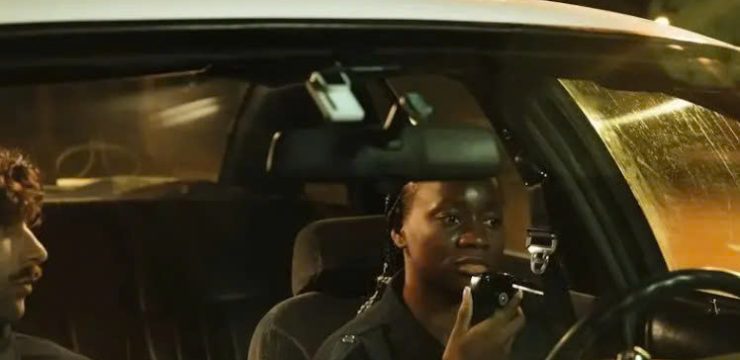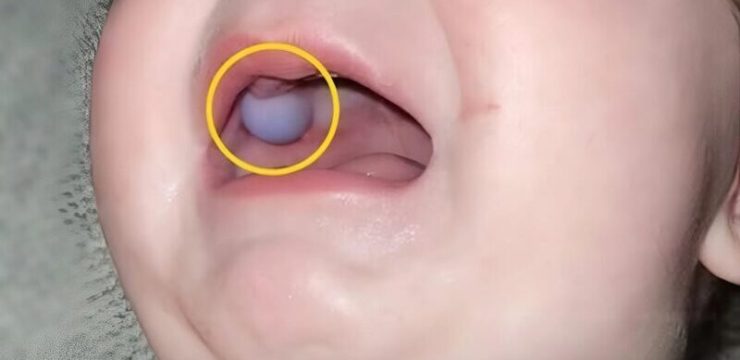Bo Derek remains a beloved figure for those who grew up in the 1970s, remembered not only for her stunning beauty but also for the impact she made during her relatively short time in the Hollywood spotlight. With her trademark blonde hair, striking blue eyes, and the braided hairstyle that redefined beauty standards of the time, Bo became an icon practically overnight.
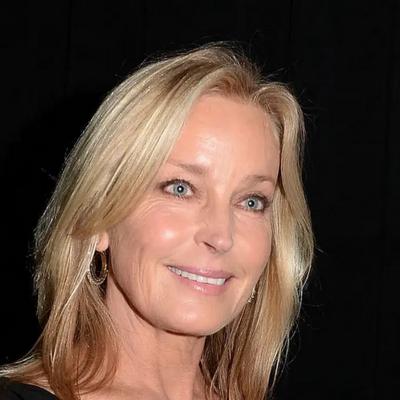
Though her time as a leading lady in film wasn’t long-lasting, her presence left a lasting impression, prompting many fans to wonder what happened to her, why she stepped away from acting, and what her life looks like today. Born Mary Cathleen Collins on November 20, 1956, in Long Beach, California, Bo grew up in a working-class family where her father worked as a sales executive and her mother was a cosmetics artist. As a teenager, Bo developed a deep passion for both horseback riding and acting. She dedicated herself to equestrian competitions, showing her skills and love for horses, while also taking acting classes to pursue her dreams of performing on screen. Her entrance into Hollywood came in 1977 with the film Orca, a thriller in which she played a woman attacked by a killer whale.
But it was her role in Blake Edwards’ 1979 film 10 that catapulted her into stardom. Her appearance in the movie, particularly her signature cornrow braids, captured the imagination of audiences and set a new standard for beauty. Rather than continue down the traditional Hollywood path with a stream of high-profile roles, Bo chose more unconventional films like Tarzan, The Ape Man (1981), Bolero (1984), and Ghosts Can’t Do It (1990), many of which were directed by or associated with her husband, filmmaker John Derek. Bo met John Derek when she was only 16 and he was still married to actress Linda Evans. Their relationship began a few years later, and due to her being a minor, the couple had to live abroad in Mexico and Europe to avoid legal complications in the U.S.
They married when Bo was 19 and John was 48. Bo later reflected on the emotional toll their relationship took on Evans, admitting in an interview that she still carried guilt over the situation. She described a recent encounter with Evans at a charity event, praising her kindness and grace while confessing that being near her always made her feel a deep sense of regret. While John Derek did not direct 10, he was responsible for shaping Bo’s iconic image in the film. A talented photographer, John styled Bo in the now-famous braids and encouraged her to show the look to director Blake Edwards. Bo later recalled how the style made her stand out at a time when soft, voluminous hair was the trend, saying the look gave her a unique and memorable identity.
After John Derek’s death in 1998 from cardiovascular disease, Bo was heartbroken and uncertain whether she would ever find love again. She retreated from the Hollywood scene and focused on her true passions—horses and animal welfare. Her love for animals led her to become a devoted advocate, using her platform to fight for the protection and humane treatment of animals. Bo also committed herself to supporting American veterans, serving as the honorary chair of the VA’s National Rehabilitation Special Events. She expressed her deep appreciation for being involved in efforts that help veterans recover both physically and emotionally, calling it an honor to contribute to their healing journey. Eventually, love found her once again. Bo began a relationship with actor John Corbett, best known for his role in Sex and the City. The couple spent over twenty years together before marrying quietly in a private ceremony, choosing intimacy over publicity. Though Bo Derek may no longer be in the spotlight as frequently as she once was, her legacy continues through her timeless beauty, her cultural impact, and her passionate humanitarian work. She remains a symbol of grace, strength, and compassion, admired not only for her iconic Hollywood roles but for the depth and purpose she brought to her life beyond the screen.

